Exfoliated Vermiculite



Horticulture
Vermiculite is always used in the horticultural sector in its exfoliated form and it has the benefits of improving soil aeration while retaining moisture and nutrients to feed roots, cuttings and seeds for faster, maximum growth.
Hydroponic
Hydroponics is the method of growing plants in soilless formulations using mineral nutrient solutions. Vermiculite is a popular hydroponic media favoured for its affordability.
Packaging
Vermiculite is used in packaging because it is lightweight, reducing shipping costs. It is also an excellent impact absorber making it ideal for fragile goods.
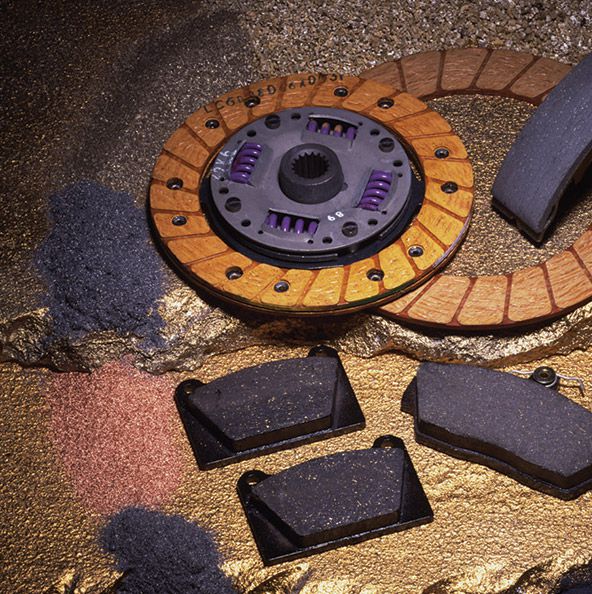
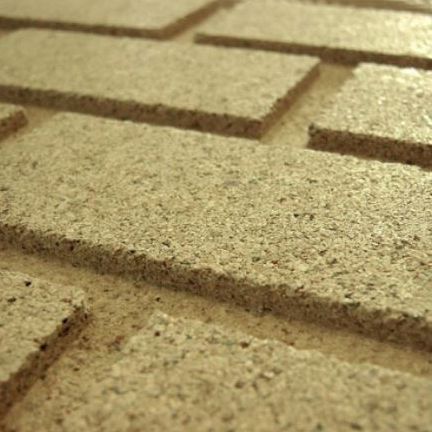

Automotive
Finer grades of exfoliated vermiculite are used in friction linings primarily for the automotive market.
Construction
Lightweight, fire-resistant, and insulating construction materials are produced when Vermiculite is used as an aggregate.
Other Applications
Vermiculite’s water-wicking, lightweight, and thermal-resistant properties make it ideal for many other industrial applications
Horticulture
Vermiculite is always used in the horticultural sector in its exfoliated form and it has the benefits of improving soil aeration while retaining moisture and nutrients to feed roots, cuttings and seeds for faster, maximum growth.
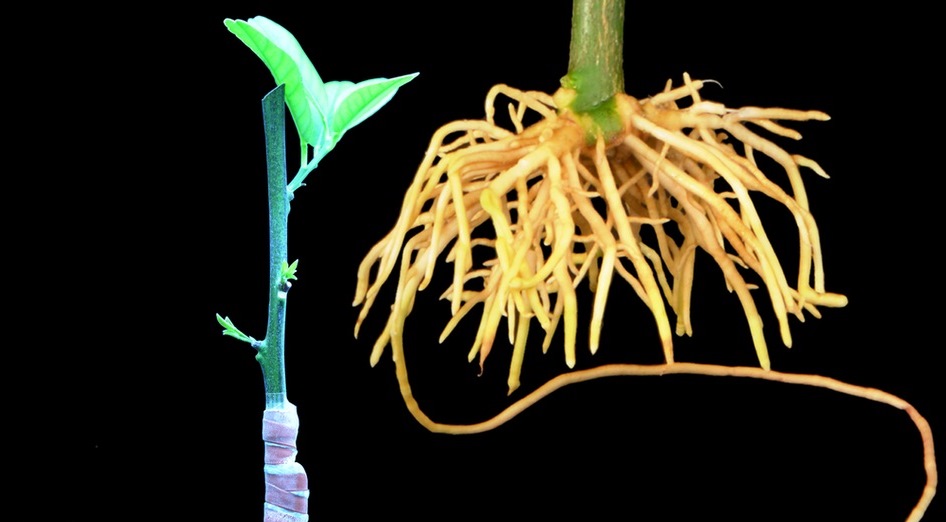
Vermiculite can be found in potting soil or purchased by itself in four different sizes for gardening with vermiculite. Germinate seeds using the smallest size of vermiculite as a growing medium and the largest size for improved soil aeration. Vermiculite is generally a neutral 7.0 but is dependent upon the source from around the globe and its reaction is alkaline. It is very lightweight and mixes easily with other mediums. Using vermiculite as growing medium will also enable the plant to more easily absorb the ammonium, potassium, calcium and magnesium necessary for vigorous growth.

Tips On Using Vermiculite Growing Medium
- Medium grade vermiculite can be used directly for root cuttings. Just water thoroughly and insert the cutting up to the node.
- Vermiculite mixed half and half with soil, peat or compost eliminates packed down soil in flower pots and houseplant containers while allowing excellent aeration, reducing watering frequency and allowing root spread.

- Use vermiculite alone or mixed with soil or peat for seed germination. This will allow seeds to germinate more rapidly. If vermiculite is used without soil, feed the seedlings a weak fertilizer solution (1 tablespoon of soluble fertilizer per 1 gallon of water) once the first leaves appear. Damping off is thwarted since vermiculite is sterile and the seedlings are easily removed without damage to the roots.
- Add vermiculite to soil for conditioning and lightening either alone or in conjunction with peat or compost. This will accelerate the growth and promote anchorage for tender young root systems.

- To transplant using vermiculite, dig a hole 6 inches larger than the plants roots. Fill in with a mix of vermiculite and the removed topsoil. Again, this allows for root spread, provides moisture control and protects the roots from drying out due to sun or wind. Three inches of vermiculite can also be used as mulch around shrubs and other garden plants like roses, dahlias, tomatoes.
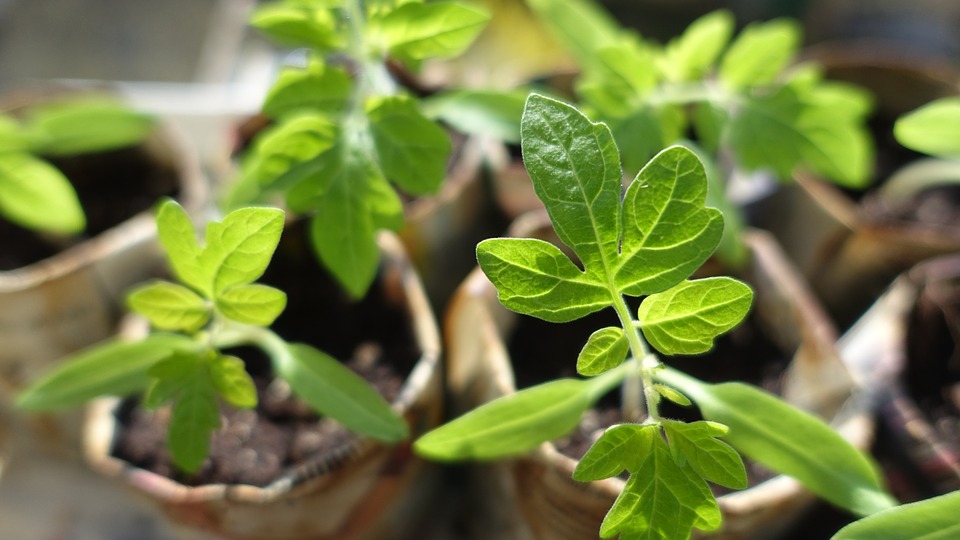
- Even newly seeded lawns can benefit from an application of vermiculite. Mix 3 cubic feet of vermiculite per 100 square feet, seed, then cover the entire area with ¼ inch of vermiculite. Water in with a fine spray. The vermiculite will hasten germination and increase the number of seeds that germinate while maintaining moisture and protecting from drying and heat.

- Lastly, vermiculite can be used when arranging flowers. Fill the container with vermiculite, thoroughly saturate with water, pour off the excess and arrange the flowers. This eliminates the need to change the water, eliminates spills and keeps blooms fresh for day. Just be sure to use horticultural vermiculite and not that sold for house insulation — it is treated to repel water!

Hydroponic
Vermiculite is a popular hydroponic media favoured for its affordability. Vermiculite is very lightweight and sterile. It has excellent water retention and capillary action properties, which allows it to be fully hydrated simply by applying moisture from above or below.
Agriculture without soil?
It sounds like another hipster trend! In reality, soilless agriculture ( Hydroponic) is an agricultural method that enables a stable and sustainable food supply. It allows us to run high-yield grow operations in completely controlled indoor environments.

Why does that matter?
- No need to use pesticides (less poison sprinkled on plants means healthier food and less cost).
- Extreme decrease in water use (need 90% less than soil-based methods).
- Flexibility in use ( indoors or outdoors).
When vermiculite used in hydroponics, it is often mixed with perlite if the media becomes too water logged. This improves aeration and drainage. In hotter climates vermiculite is often used by itself because of its higher water holding capacity. Vermiculite also tends to break down after a perod of time so is favoured for more short term crops such as lettuce.
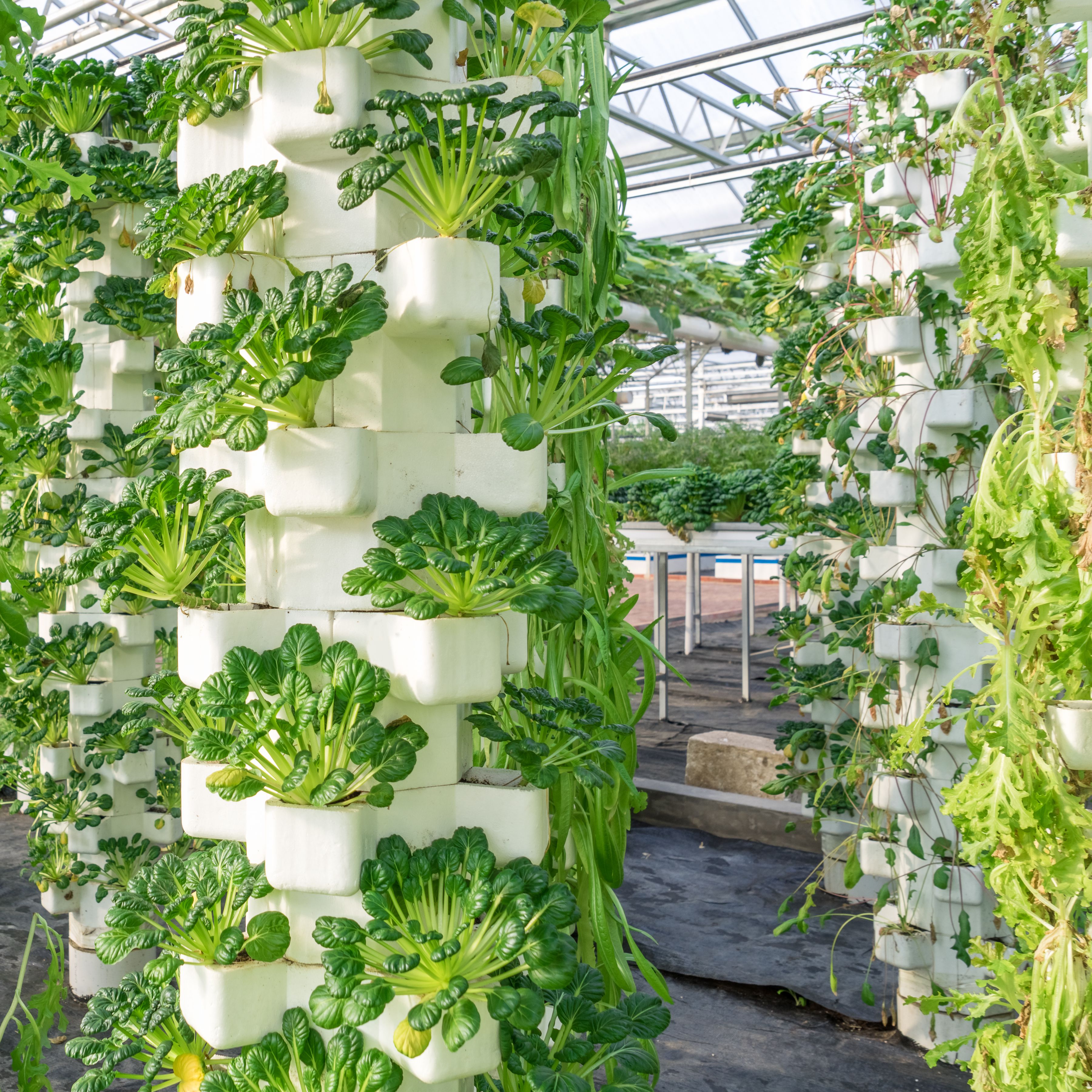
Growers who use vermiculite usually have a system in place where they manually fill NFT growpots or cell trays with the media. A seed is then inserted into the top of the media and the pots and trays are placed into a propagation system like an Ebb and Flow table where they remain until the seedlings have emerged and are at a reasonable size for transplanting into the main growing system. The root system of the seedling holds the media together so individual root bound ‘plugs’ can be removed from the propagating cell trays and placed directly into the plant holes of an NFT gully if required. If NFT growpots are used, the media filled growpot is placed into the plant hole in the gully and the pot acts as additional support for the plant. The growpot also prevents light entering the gully which can promote algal growth.
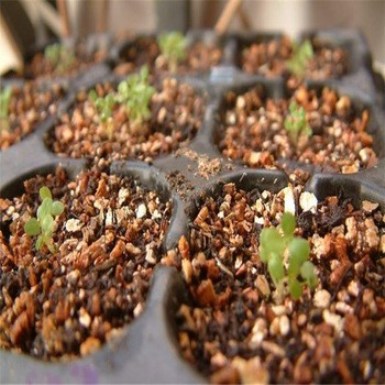
Packaging
As vermiculite is lightweight, which limits extra costs related to weight-based shipping rates, compressible, and absorbent, it works as an excellent packaging material. It is widely used as a hazmat packing, as it acts as a completely inert absorbent and cushioning material. Vermiculite is also useful for shipping odd-shaped items or items that contain liquid. It is extremely absorbent and provides extra insurance for potential leakage and can help absorb shock during transport.
As previously mentioned, it is loose fill which allows for pourability around irregularly shaped objects. The exfoliated vermiculite does not decay, break down or emit odors.

Recommended Grades for Shipping Liquids and Chemicals
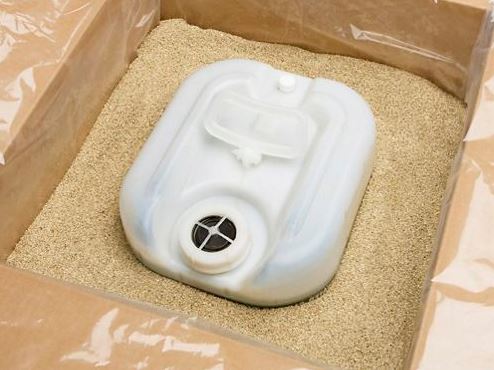
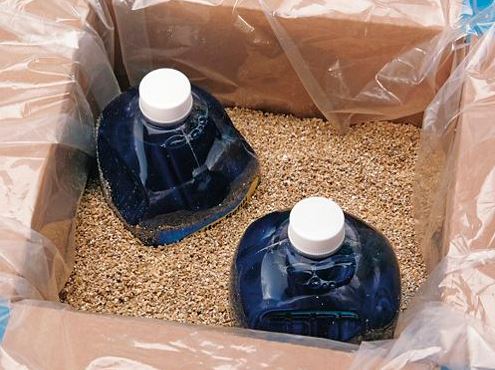
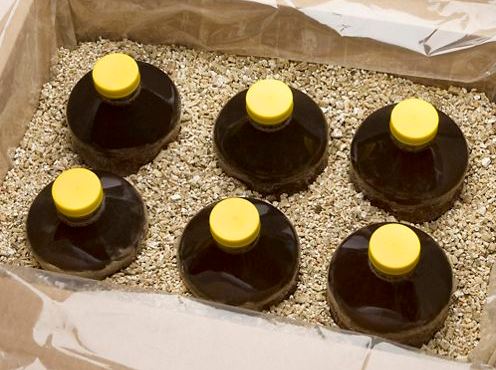
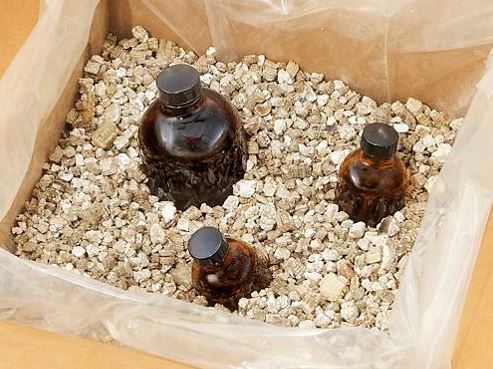
Grade 1 Vermiculite (Super Fine) - For industrial spill cleanup and horticulture use. Most absorbent.
Grade 2 Vermiculite (Fine) - For packing hazardous liquids. Meets ICAA and IATA hazardous material requirements. Meets GSA CID A-A-52450.
Grade 3 Vermiculite (Medium) – Protects bottled liquids from damage and leakage.
Grade 4 Vermiculite (Coarse) – Excellent absorbent and cushioning for 55-gallon overpack drums. Meets ICAA and IATA hazardous material requirements.
Automotive
Vermiculite is used in the production of friction parts (e.g. brake linings, clutch discs, etc.), rubber seals and automotive paints and lacquers. Its wide application in automotive industry is due to its soft and porous structure and excellent acoustic absorption.It is also preferred as an additive in the fabrication of friction components owing to its unique ability to expand and resist at high temperatures
As a filler to friction articles, vermiculite has the following advantages over otherfillers- full conformity with health standards, asbestos-free, stable friction coefficient at elevated temperatures.

Construction
Vermiculite is utilized on a large-scale in the construction industry – but how or why exactly? Due to its slight bulk density, exfoliated vermiculite is an ideal ingredient in the manufacturing of lightweight concretes and plasterboards. These concretes can be used for in-situ roof and floor screeds and in the fabrication of precast products. vermiculite has a number of construction applications including:
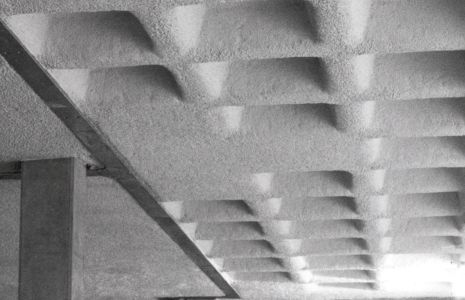
Silicate Bonded Shapes and Blocks
Pressed vermiculite block insulation can be used in high temperature kilns, furnaces, combustion plants, boilers, wood burning stoves and night storage heaters. It is becoming more widely accepted as an alternative for asbestos or man-made mineral fibre insulation. The units can vary from simple blocks to very intricate shapes designed to accommodate electrical elements, fixing screws, etc. Boards containing vermiculite being used to encase structural steel to provide fire protection
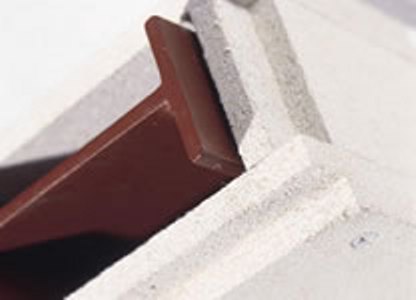
Vermiculite Plasters
Exfoliated vermiculite is used in general building plasters can be made with either gypsum or Portland cement and applied by hand or with a spraying machine to improve coverage, ease of handling, adhesion to a wide variety of substrates, fire resistance, and resistance to chipping/cracking/shrinkage. Being a non-abrasive aggregate, vermiculiteis well suited to spray application and the sprayed plasters can have an attractive decorative appearance. Vermiculite can also be combined with other aggregates such as perlite in plaster formulations. Finer grades of vermiculite can even be added to plasters that provide a base for swimming pools.

Other Industrial Applications
Chemical treatments can cause the layered structure of vermiculite to expand or delaminate, producing very high aspect ratio particles. Such dispersions play an important role in the coating of both organic and inorganic fibre products. This treatment substantially increases the thermal stability of fibres. A whole new family of vermiculite products can be generated by varying the chemical process. It is possible to produce flexible films, papers and coatings, and to make specialised additives for various industries.
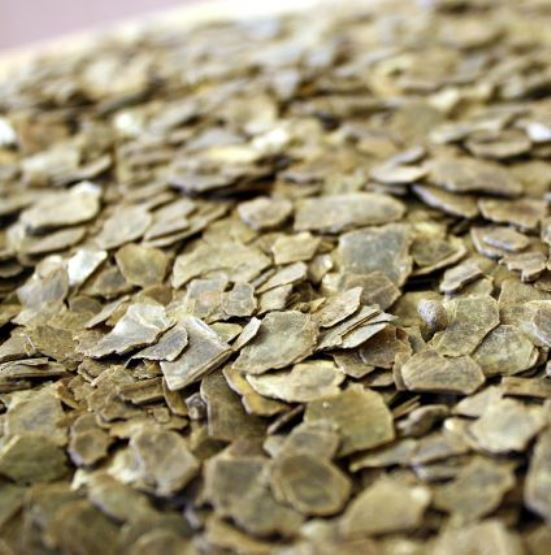
Developments in this area of research have indicated that it may be feasible to manufacture complex silicate structures which, when polymerised, would form inorganic analogues of organic polymer systems with unique properties of flexibility and fire resistance.

